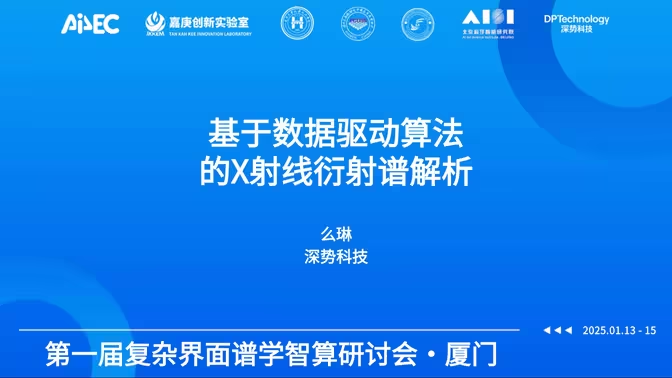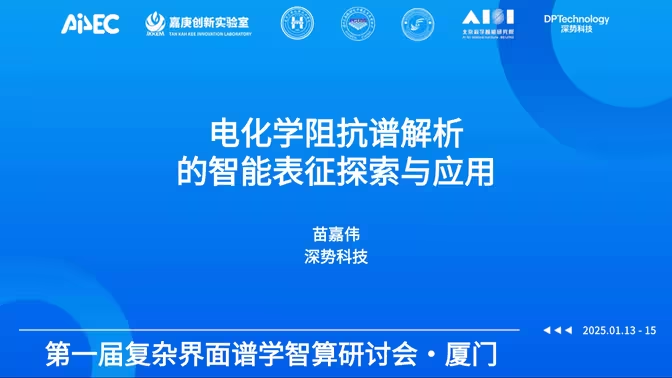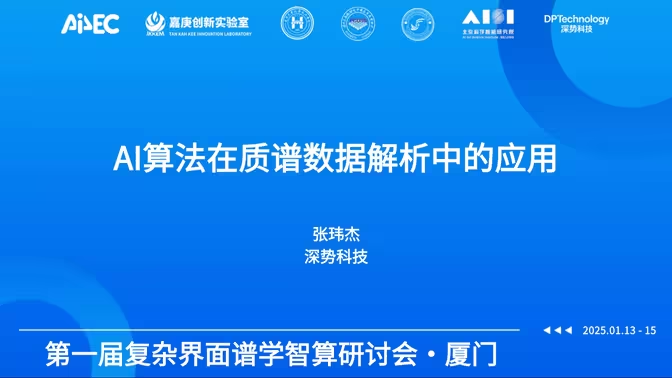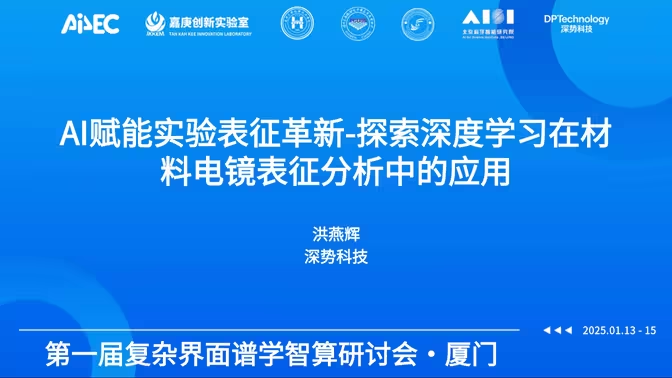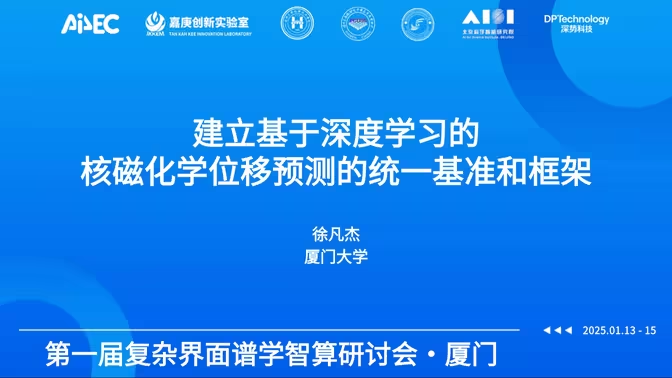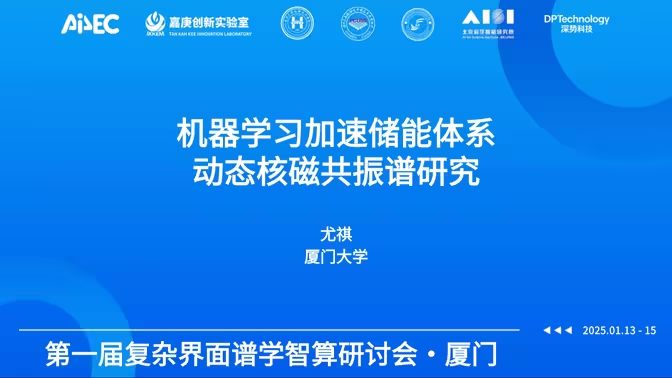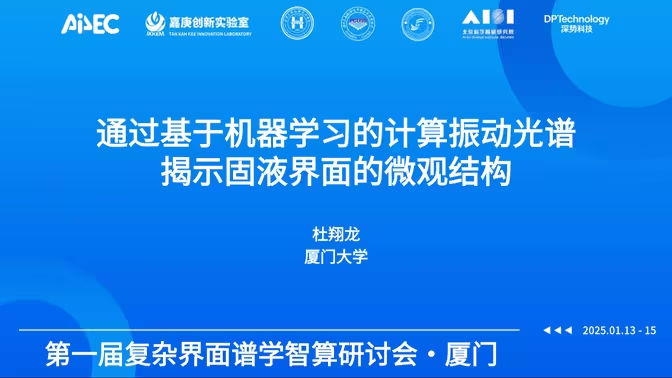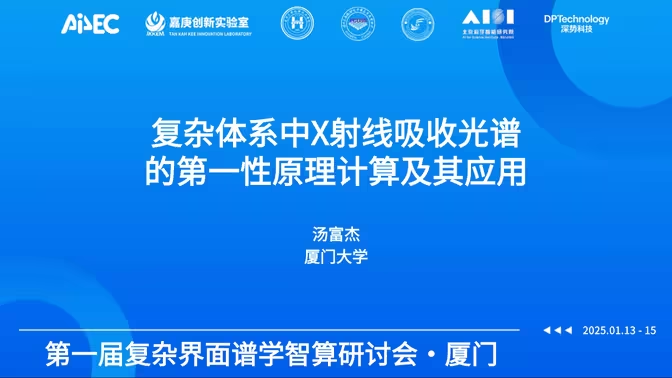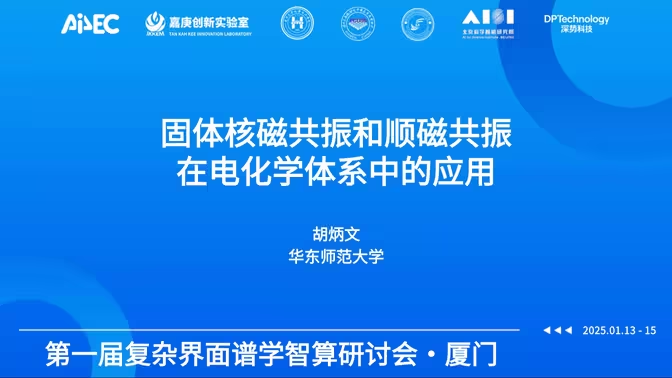The First Intelligent Computing Seminar on Complex Interface Spectroscopy
Complex interfaces play a pivotal role in the exchange of matter and energy across a wide range of chemical reactions. Understanding their microscopic structures is crucial for enhancing reaction efficiency and elucidating underlying mechanisms. In practice, a variety of advanced experimental spectroscopic techniques are employed, including vibrational spectroscopy, nuclear magnetic resonance (NMR), X-ray spectroscopy, and electron microscopy. Yet, interpreting these spectroscopic signals remains challenging and often requires theoretical support.
Computational spectroscopy, an interdisciplinary field that integrates theoretical calculations with experimental measurements, leverages methods such as quantum mechanics and molecular dynamics to simulate the spectral properties of materials. Spectra provide a bridge between microscopic structure and macroscopic properties: they are both theoretically computable and experimentally measurable, and closely linked to material structure. This makes them an ideal theoretical foundation for materials science in the era of intelligent research. With advanced computational approaches and artificial intelligence modeling, it is now possible to achieve precise, intelligent predictions of multimodal spectra for complex interface systems, and to rapidly decode the "spectrum–structure–property" relationships.
To advance this field, we invited leading experts from both domestic and international institutions to present computational and simulation methods for common spectroscopic techniques. The workshop covered a broad range of topics, including vibrational spectroscopy of complex interfaces (infrared, Raman, and sum-frequency generation), solid-state NMR, X-ray spectroscopy (including absorption and scattering), atomic force microscopy, and data-driven spectroscopic analysis methods. By integrating computational spectroscopy with experimental measurements, the workshop vividly demonstrated the powerful capability of these approaches in resolving structure–property relationships at complex interfaces.
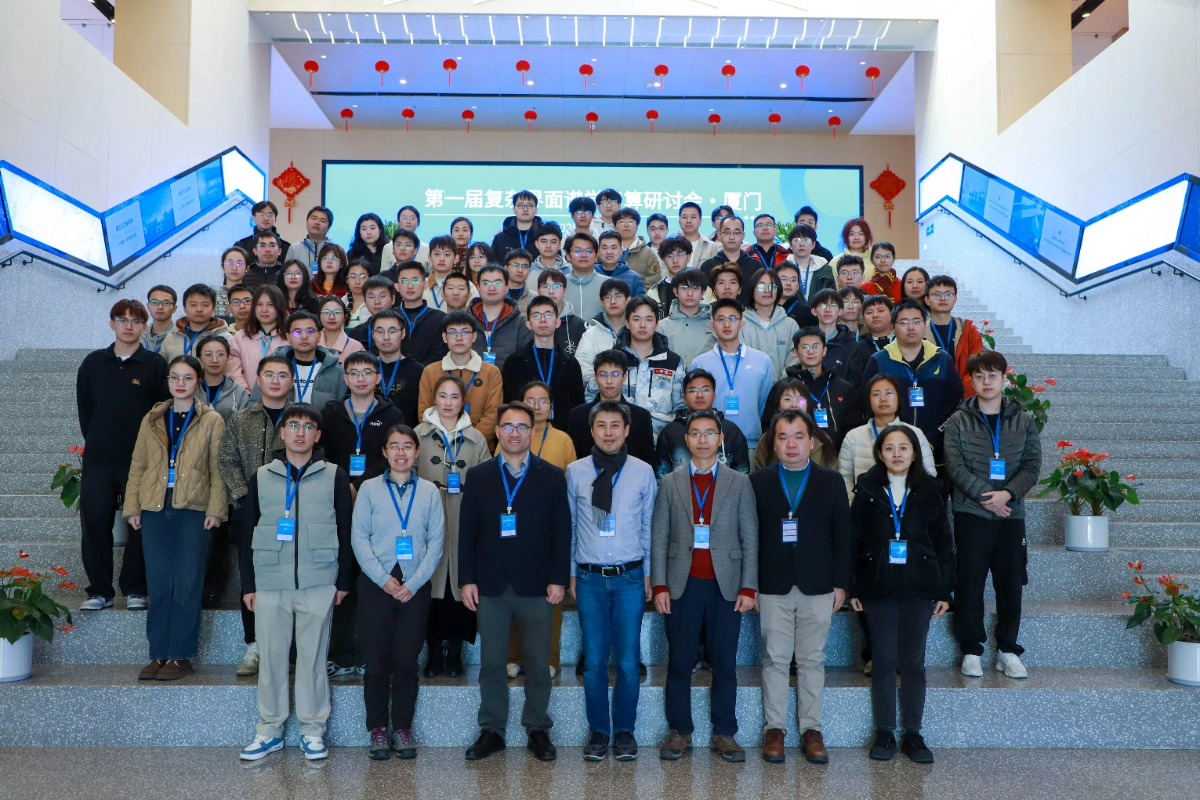
The workshop attracted over 200 faculty and students from 50 universities and research institutions across the country. Eighty participants attended in person, while the online live broadcast drew more than 80,000 viewers.
Computational and Application of Infrared/Raman Vibrational Spectroscopy in Complex Systems
Marialore Sulpizi
Ruhr University Bochum
Computation and Application of Interface-Sensitive Sum Frequency Vibrational Spectroscopy in Complex Interfaces
Yuki Nagata
The Max Planck Institute for Polymer Research
Application of Solid-State NMR in Electrochemical Systems
Bingwen Hu
East China Normal University
First-Principles Calculation and Application of X-ray Absorption Spectroscopy in Complex Systems
Fujie Tang
Xiamen University
Theoretical Computational Study on Structure and Dynamics of Complex Interfaces Based on Atomic Force Microscopy
Duanyun Cao
Beijing Institute of Technology
Data-Driven Algorithm for X-ray Diffraction Spectrum Analysis
Lin Mo
DP Technology
AI-Powered Experimental Characterization Innovation - Exploring the Application of Deep Learning in Material Electron Microscopy Characterization and Analysis
Yanhui Hong
DP Technology
Application of AI Algorithms in Mass Spectrometry Data Analysis
Weijie Zhang
DP Technology
Intelligent Characterization Exploration and Application of Electrochemical Impedance Spectroscopy Analysis
Jiawei Miao
DP Technology
